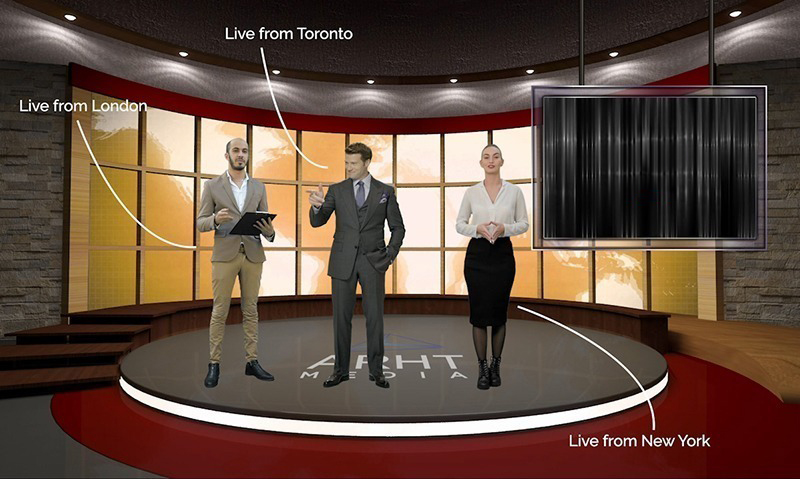Mastering the Craft of Seamless Film Projection on Curved Screens for Breathtaking Visual Experiences
Mastering the Craft of Seamless Film Projection on Curved Screens for Breathtaking Visual Experiences
Blog Article
Film mapping is an innovative technique that allows images and footage to be displayed onto surfaces, creating breathtaking aesthetic encounters. When it comes to curved surfaces, perfecting this craft can be a bit more challenging than projecting onto level planes. Rounded surfaces can include various elements from the facades of structures to sculptures and even stages. Grasping how to efficiently map videos onto these shapes is crucial for creators, designers, and event organizers who want to create immersive environments that enthrall audiences.
The initial step in video mapping on rounded areas is to comprehend the geometry of the surface. Curved surfaces can be intricate, with different degrees of bend. To attain a seamless display, it is vital to build a 3D representation of the surface. This representation helps in visualizing how the video will appear when cast. Applications tools are accessible that permit users to develop these models and mimic the projection. By precisely mapping the dimensions and shapes of the area, designers can guarantee that the video aligns perfectly without distortion.
Once the 3D model is prepared, the following phase is to prepare the video material. This includes modifying the check over here video to fit the specific shape and dimensions of the rounded surface. It is crucial to consider the perspectives and sightlines from which the viewers will view the projection. The material should be crafted to enhance the visual encounter, making it captivating and relevant to the theme of the event or setup. Using premium graphics and animations can significantly enhance the total impact of the projection.
After editing the material, the actual projection procedure starts. This includes setting up the projectors at the appropriate positions and distances to ensure that the video aligns with the 3D model. Adjustment is a key part of this process. It may require modifying the brightness, contrast, and sharpness of the projectors to achieve the optimal outcomes. Additionally, using multiple devices may be required to encompass larger or more complex areas. This technique, known as edge blending, helps form a seamless image across the whole area.
Ultimately, trialing the projection is essential before the conclusive presentation. This allows designers to make any necessary adjustments to the footage and device settings. It is also an opportunity to see how the viewers will perceive the display from various viewpoints. By confirming that the footage projection is perfect, creators can provide a stunning visual encounter that leaves a memorable impact. Perfecting video projection on rounded areas not only enhances creative expression but also opens up new opportunities for storytelling and audience interaction in various environments.